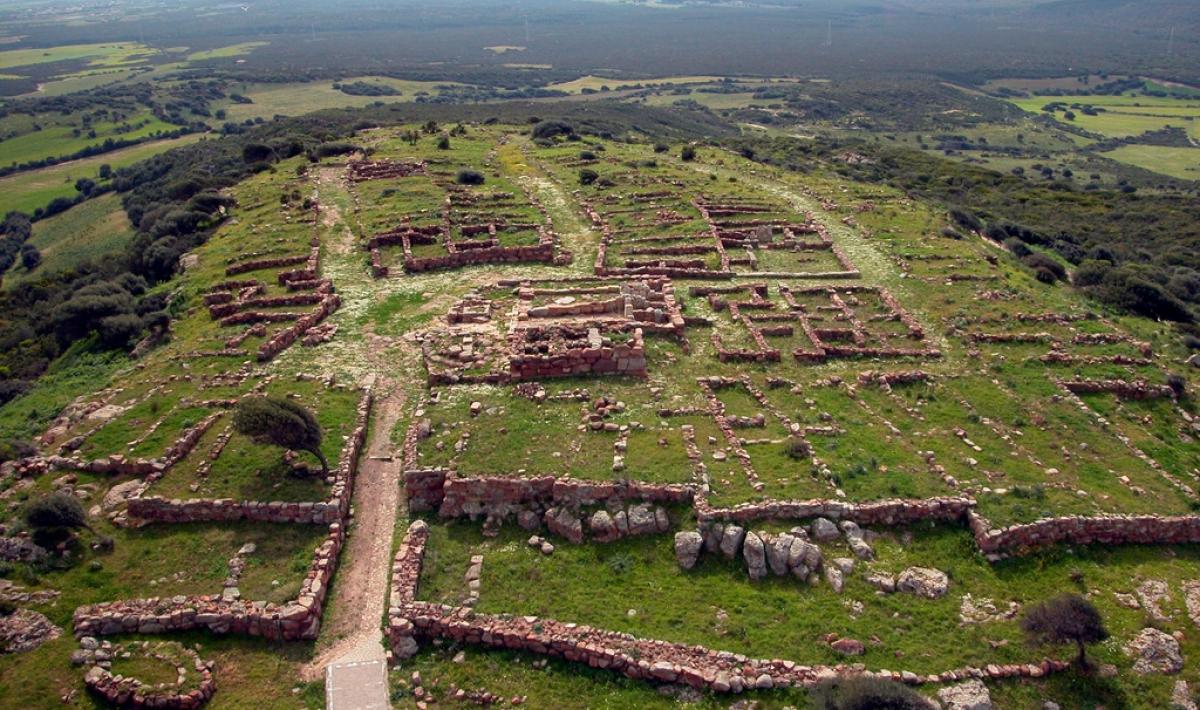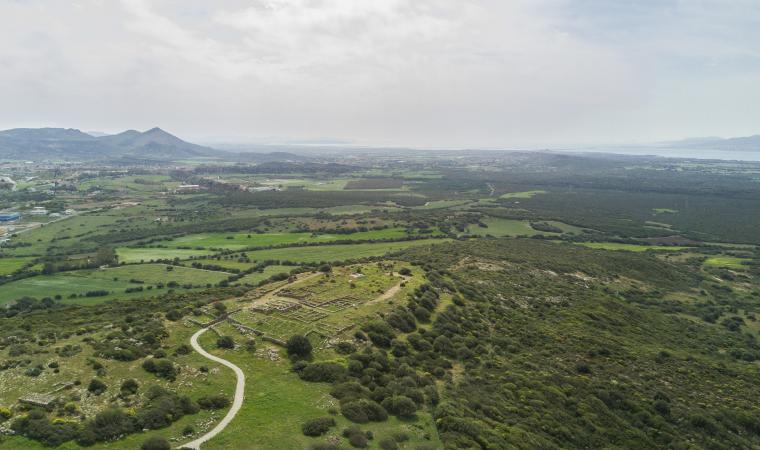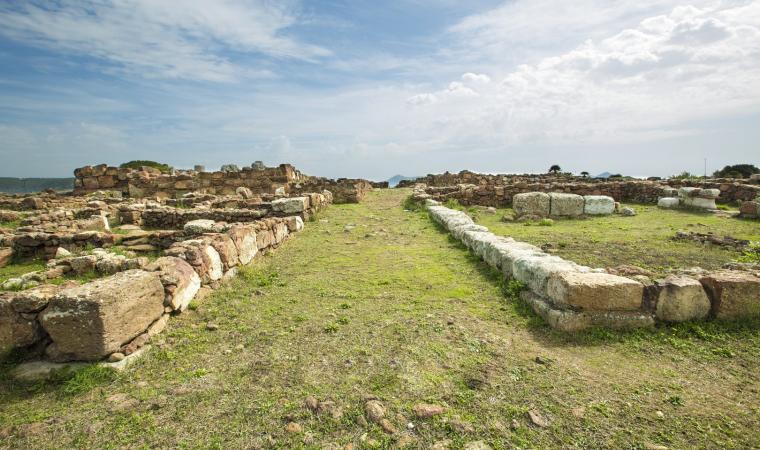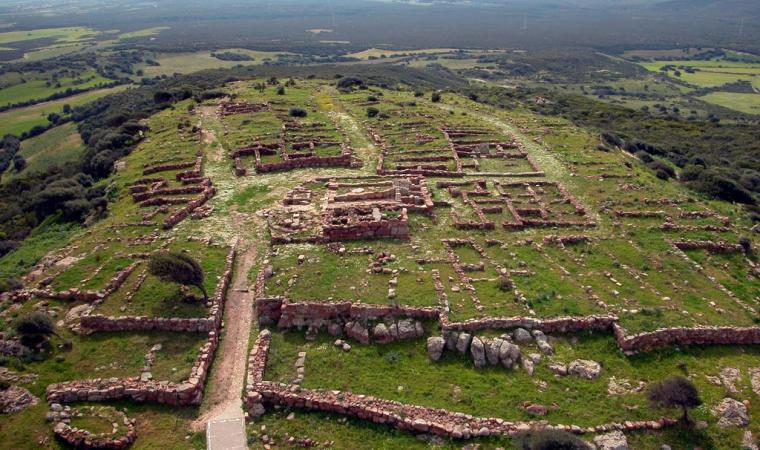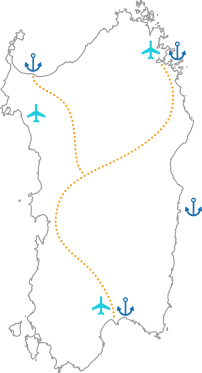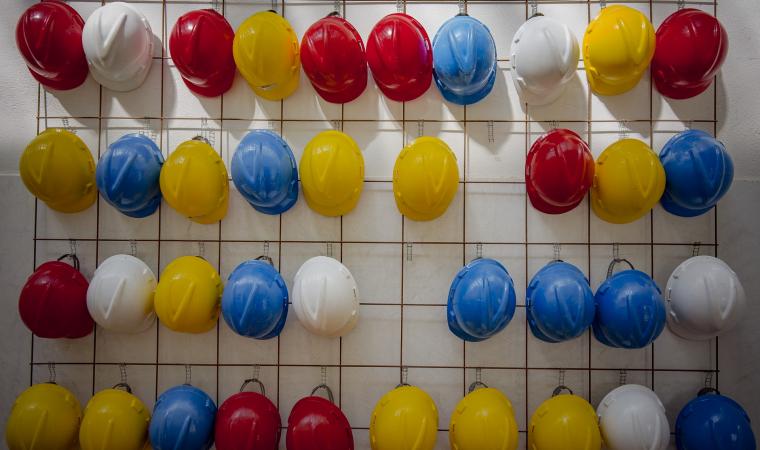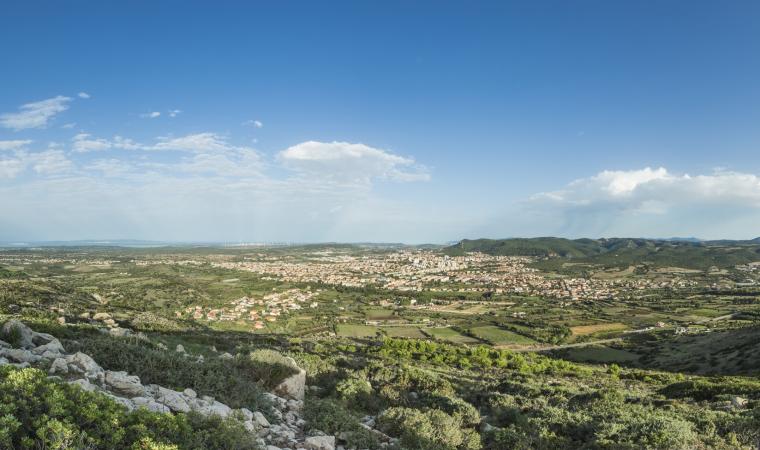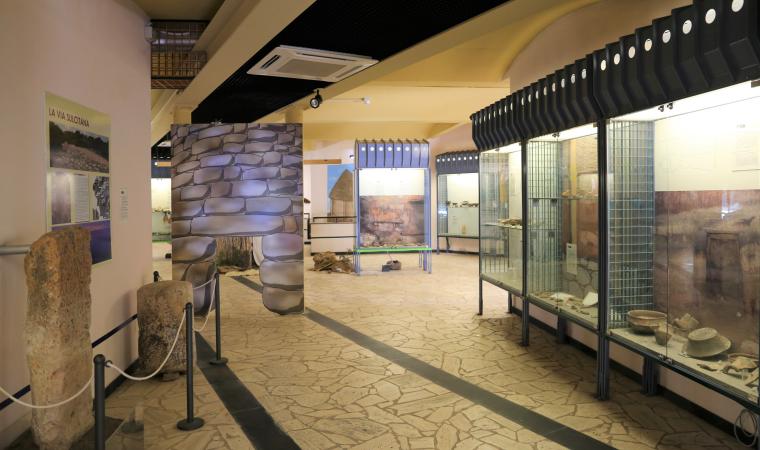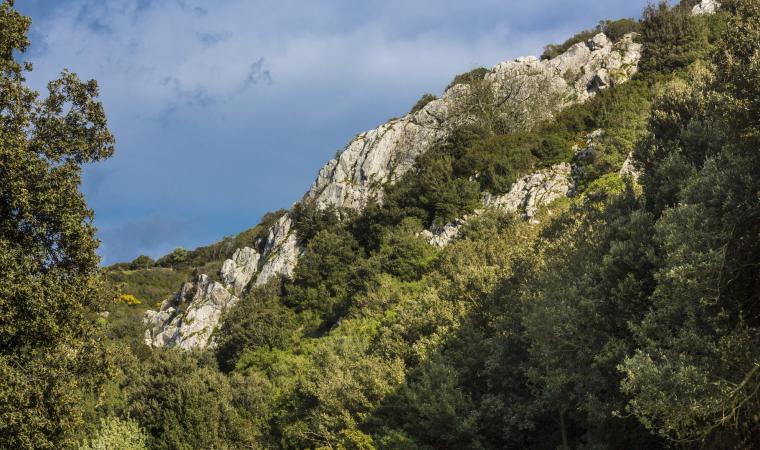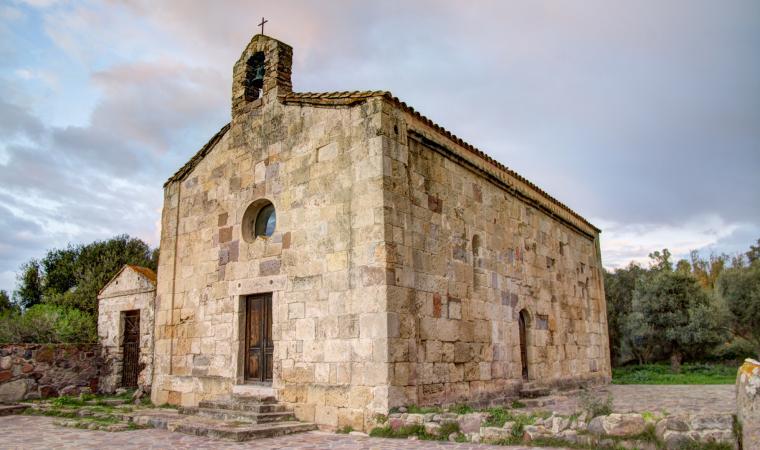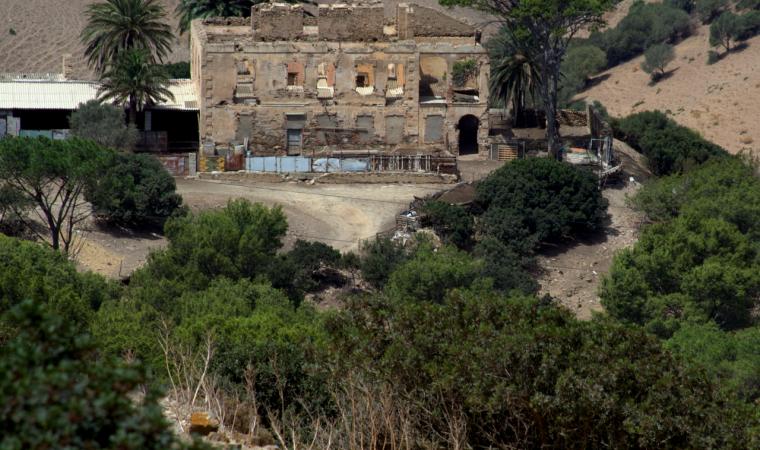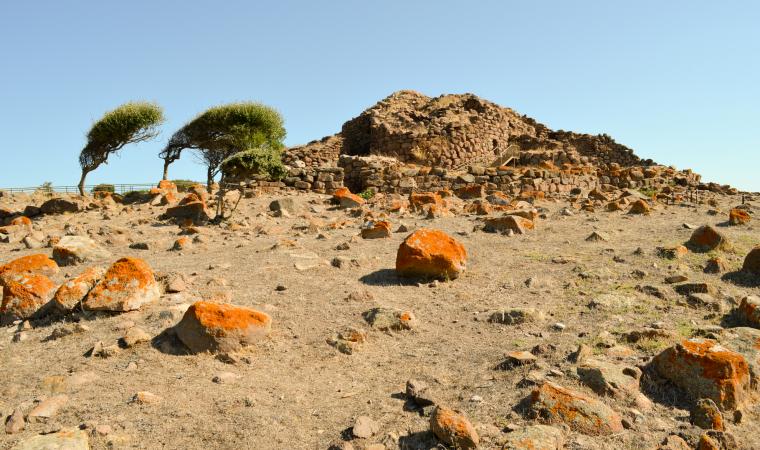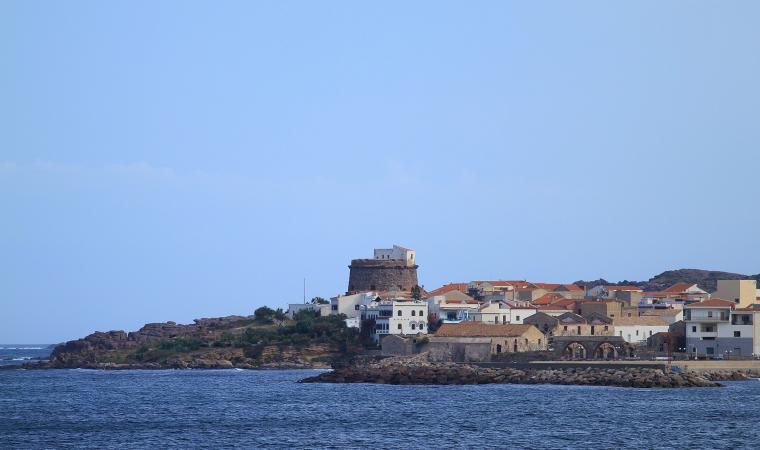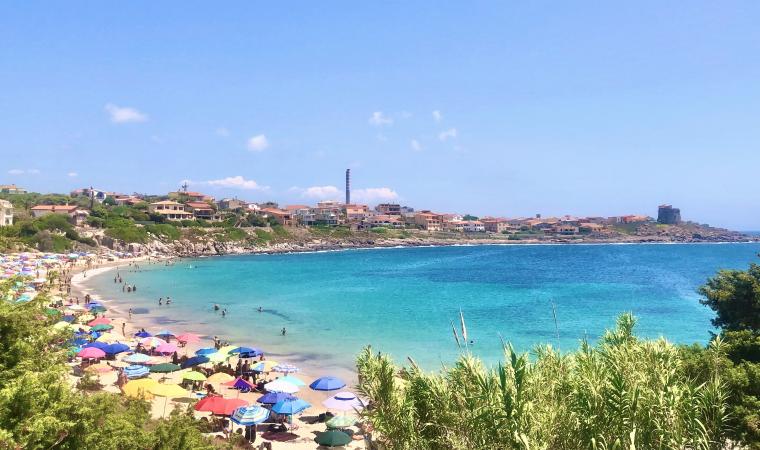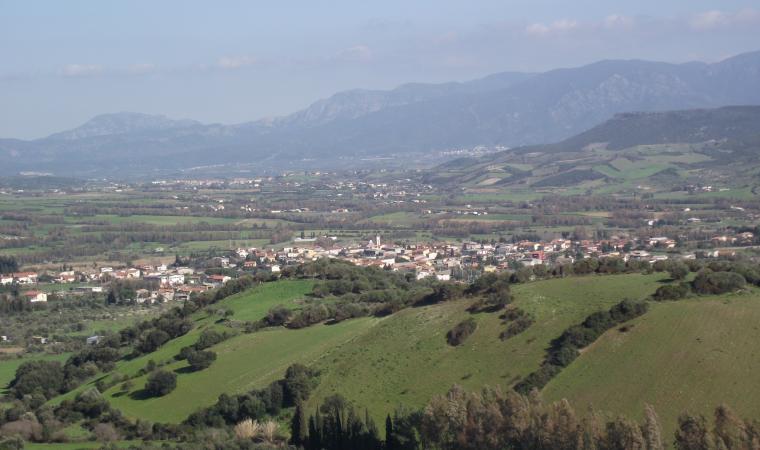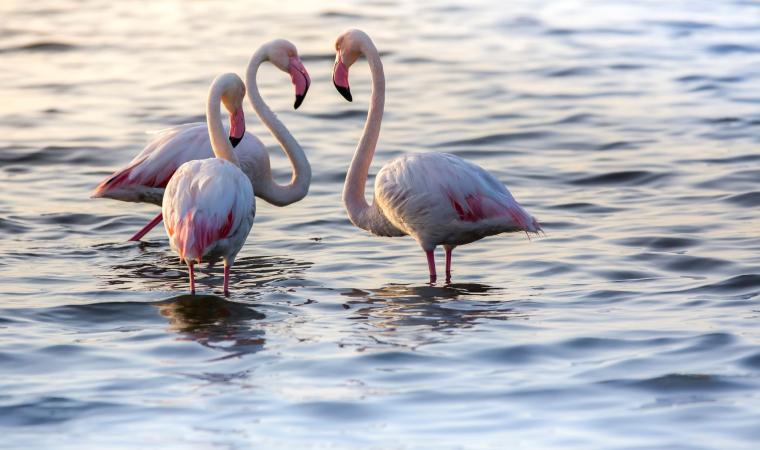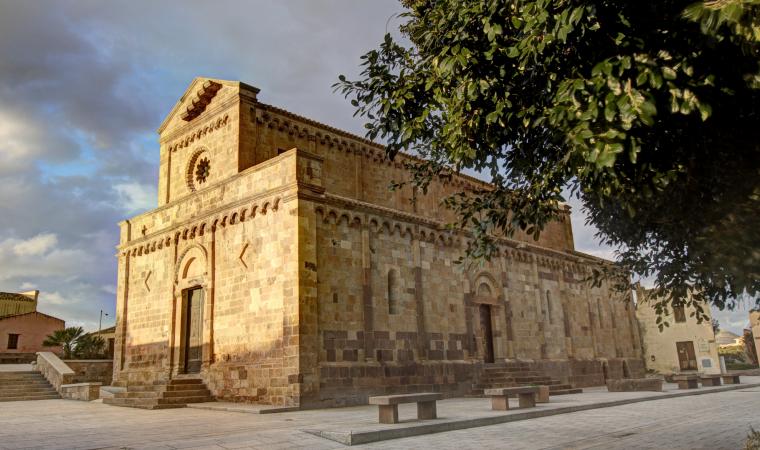From Monte Sirai, a low elevation near Carbonia, the coasts and islands of Sulcis and the valley of Cixerri as far as Campidano can be monitored. The Neolithic and Nuragic civilisations that first occupied the area knew this and the Phoenician and Punic peoples who later settled along the access route to the sea and the plains also understood it.
On the plateau, the Phoenicians, who had built Sulky on the island of Sant’Antioco a few decades before and had become integrated with the Nuragic community, founded a town (750 BC) that lived in prosperity between the 7th and 6th century BC. In 520 BC it was occupied by the Carthaginians, who, after a period of decline, fortified it (mid-4th century) and completely rebuilt it (250 BC). The Roman occupation in the 2nd century did not affect the inner part: there are no other Phoenician-Punic colonies with evidence as complete as here.

